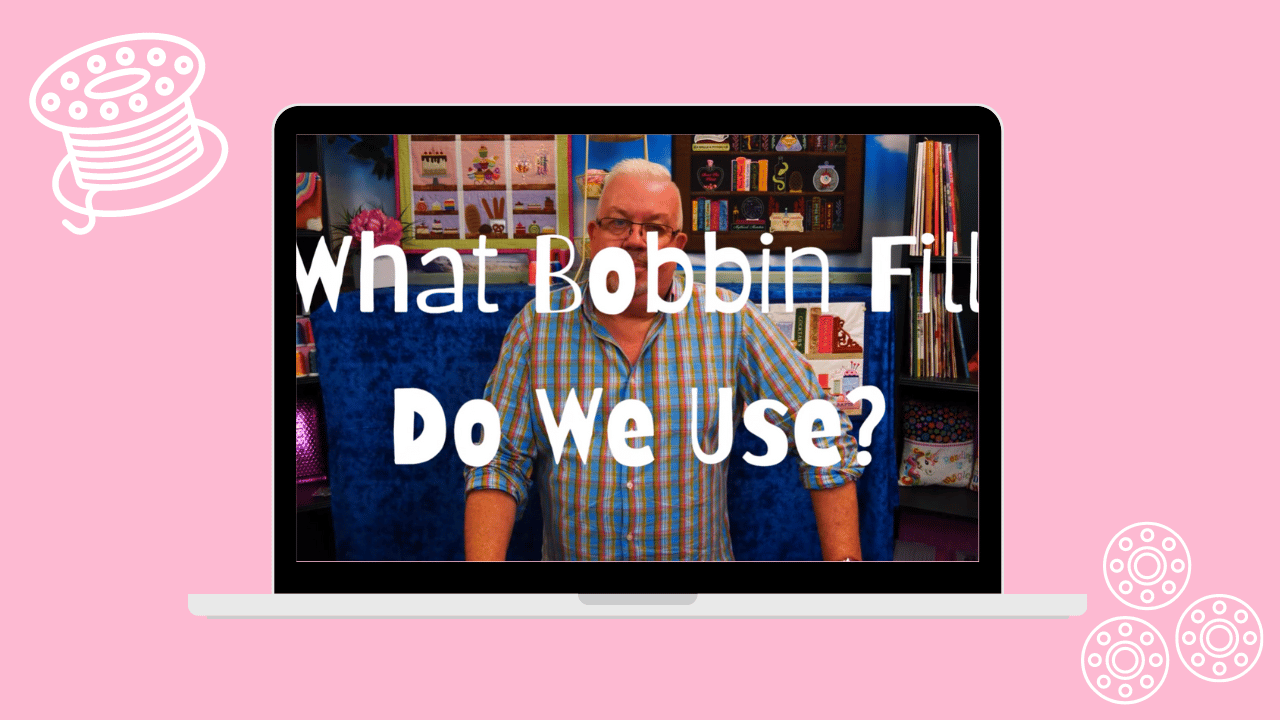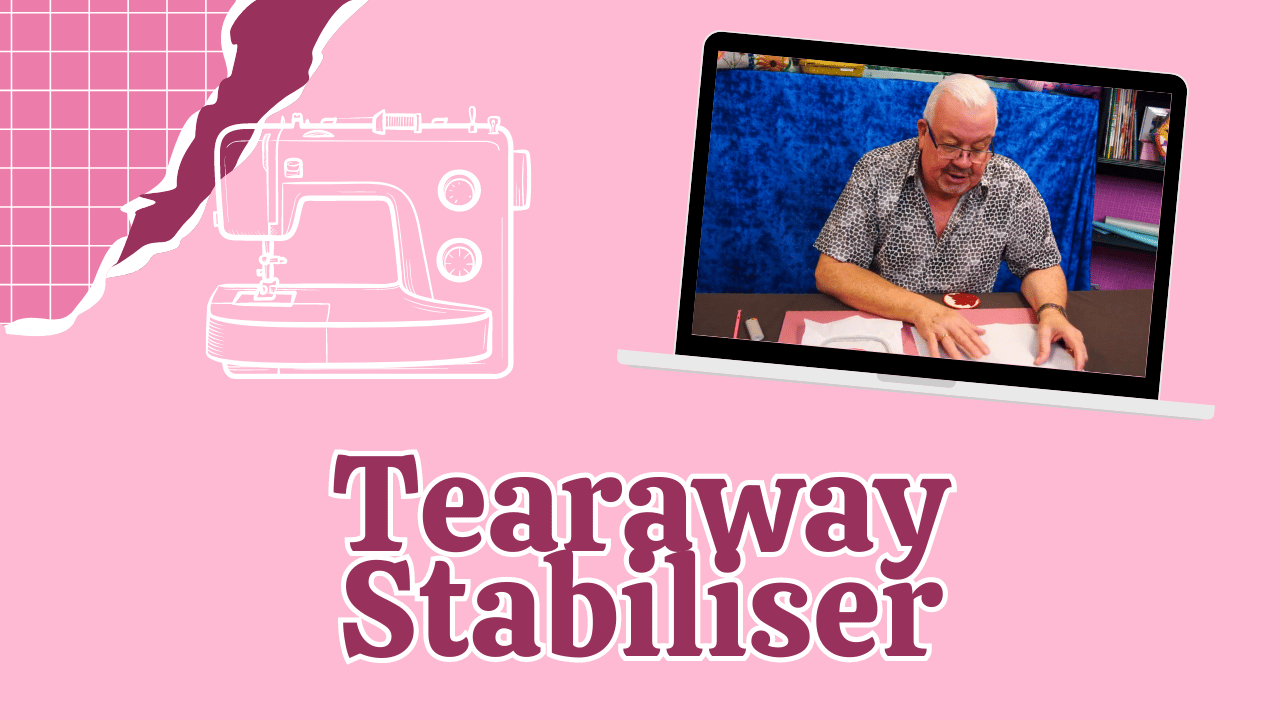In this video and blog, we go into the specifics of bobbin fill, focusing on the Glide product by Filtec, the importance of pre-wound bobbins, and the nuances of machine compatibility to help embroiderers make the right choice when threading their machine for their next embroidery project.
Key Points on Bobbin Fill
Bobbin Fill Product
At Sweet Pea, we primarily use a product called Glide, manufactured by Filtec in the USA. Pre-wound bobbins are preferred for their convenience and consistency. However, we do also use empty bobbin reels if we want a specific colour, winding our Incredi-thread onto it.
Characteristics of Pre-Wound Bobbins:
- They strike a balance between **ultra-shiny** and **matte** finishes.
- The strength of the bobbin fill is essential for quality embroidery.
- Compatibility with the machine is paramount; different machines may have varying preferences.
Machine Compatibility:
- Common machines used include:
- **Janome 500**
- **Brother Amira**
- Each brand has specific requirements for bobbin cases:
- **Janome**: Red dot or yellow dot indicators.
- **Brother**: Different dot systems and screw types (painted vs. unpainted).
Choosing the Right Bobbin Case:
- Ensure the bobbin case matches the machine's specifications.
- Use the thread recommended by the machine's manufacturer for best results.
Bobbin Thread Options:
- A **matte, fluffy bobbin thread** is often used.
- Self-embroidery thread can be utilized as a bobbin fill for matching purposes.
Reusing Pre-Wound Bobbins:
- It is generally advised **not to refill** pre-wound bobbins.
- The outer casing of pre-wound bobbins is less durable than machine-specific bobbins.
Testing for Tension:
- A practical test involves embroidering the word "fox" to assess tension.
- Ideal tension is achieved when:
- Two-thirds of the color thread is visible.
- One-third of the bobbin fill is visible.
- This balance indicates proper tension settings.
Challenges with Different Machines:
- Drop-in bobbin machines and front-loading bobbin machines may exhibit different tension characteristics.
- Maintaining even tension around curves can be challenging.
Adjusting Bobbin Tension:
- Minor adjustments (typically a **quarter turn**) to the bobbin screw can lead to improved results.
- Regular checks and adjustments are necessary to maintain optimal performance.
Testing New Threads:
Each time a new reel of thread is introduced to your machine, we recommend performing the fox test, which tests the thread using the word FOX, as variations in thread quality can occur, even within the same brand.
Understanding the intricacies of bobbin fill is vital for any embroiderer aiming for perfection in their work. By utilizing the right products, ensuring compatibility with their machines, and regularly testing their settings, embroiderers can achieve consistent and high-quality results. The balance of tension, the choice of bobbin fill, and the careful selection of materials all contribute to the overall success of embroidery projects. For those looking to refine their skills, these insights serve as a valuable resource in the pursuit of embroidery excellence. If you found this guide helpful, consider liking and subscribing for more insights into the world of embroidery.




Leave a comment
This site is protected by hCaptcha and the hCaptcha Privacy Policy and Terms of Service apply.